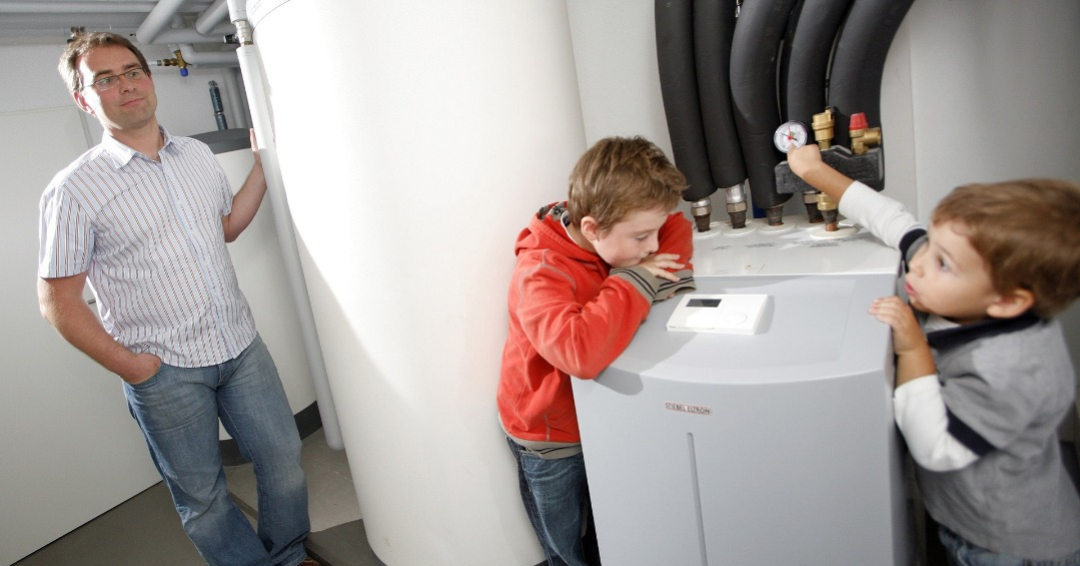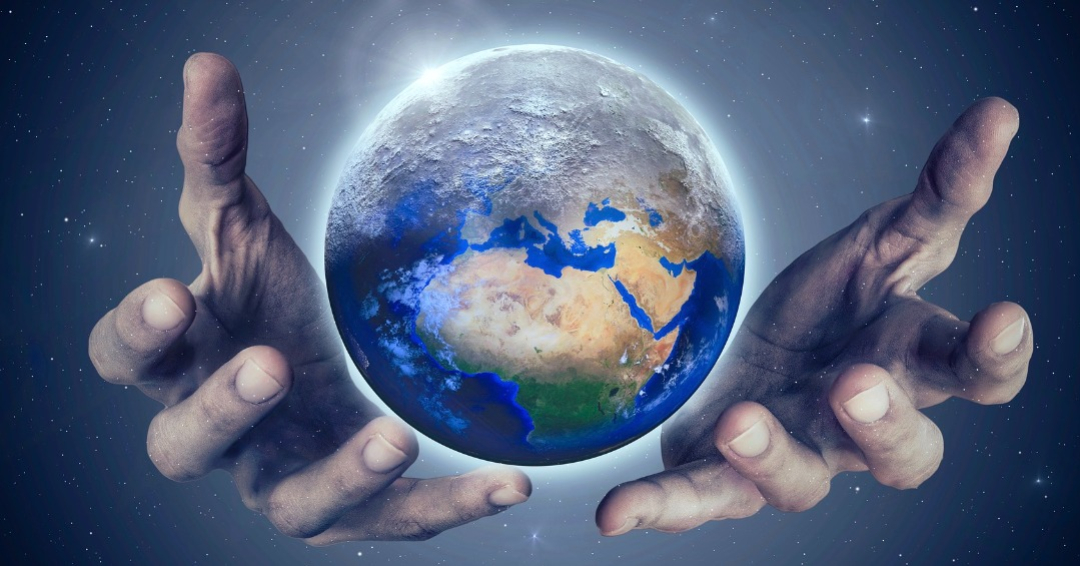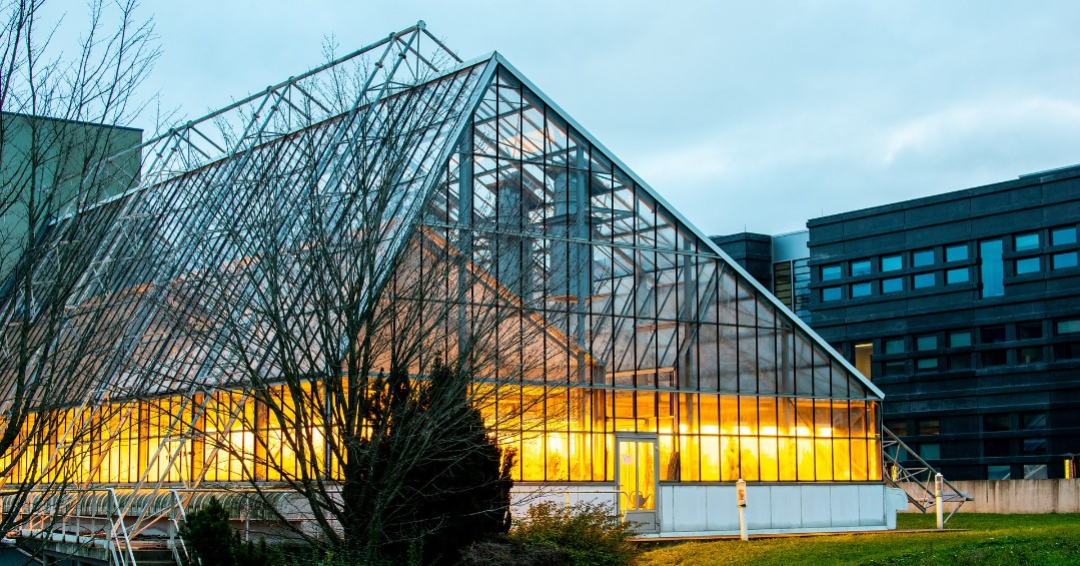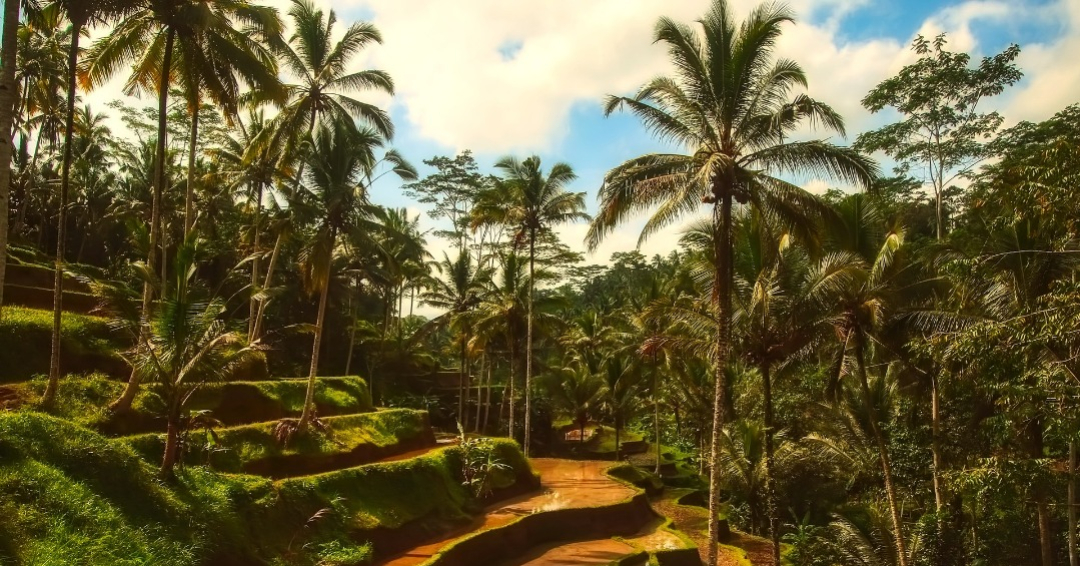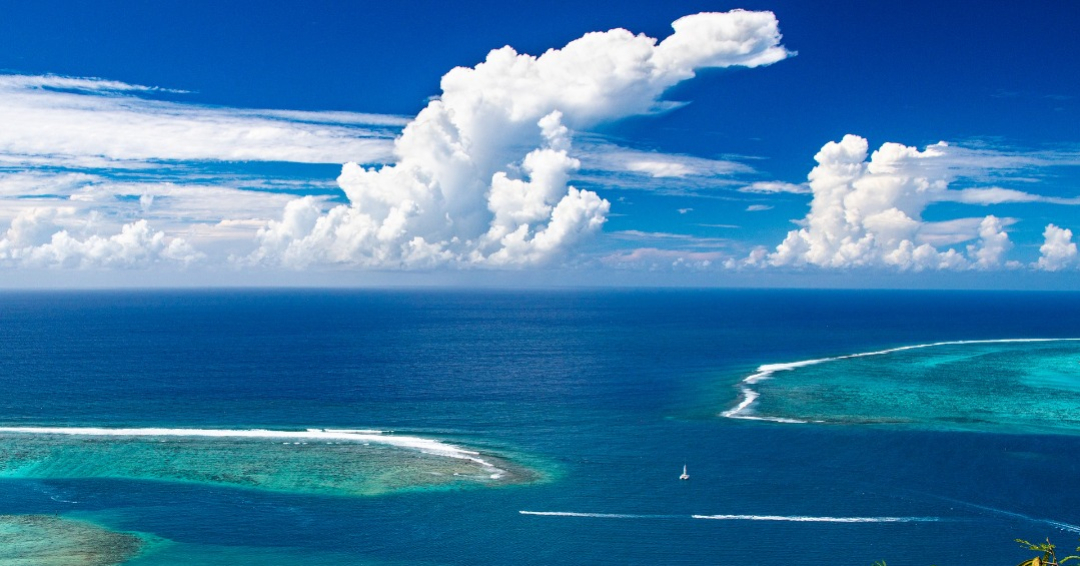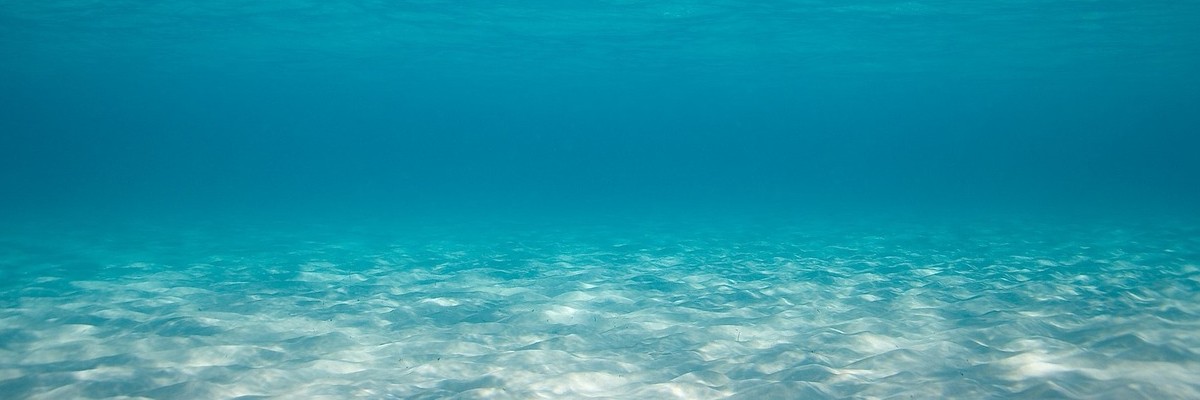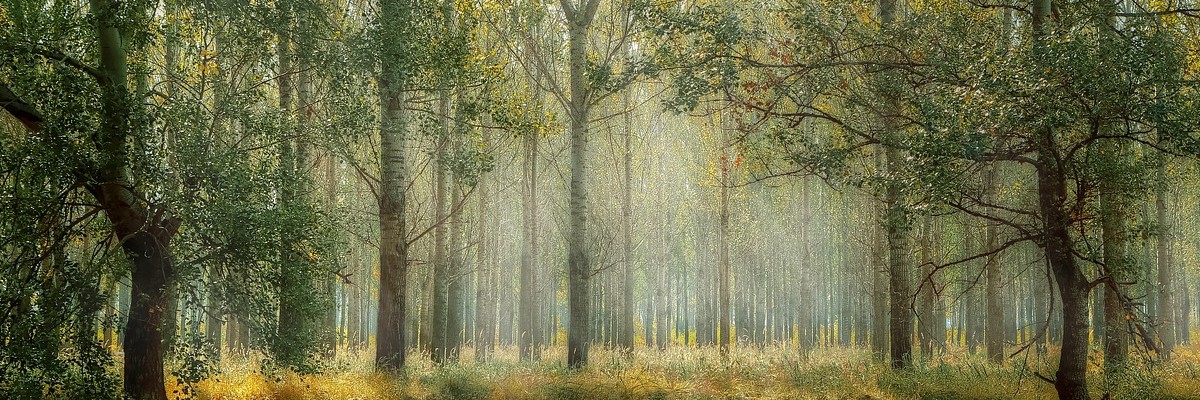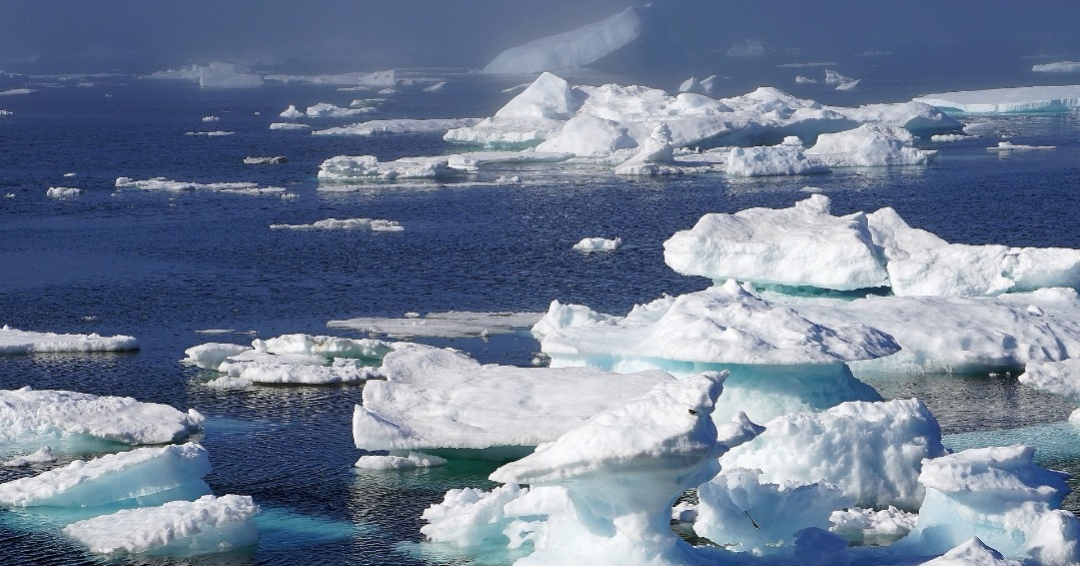Net Zero powered by Pur și Simplu Verde provides concise news, articles, and useful information about the goal of achieving net zero emissions
Net zero refers to reaching an equilibrium between emitting greenhouse gases and absorbing them. The European Union wants to reach net zero (climate neutrality) by 2050. This website publishes new scientific discoveries, local and foreign initiatives, and public policies meant to bring us closer to net zero. It was created combining Artificial Intelligence and human input from our volunteers. It is accessible in both Romanian and in English.You can send us articles you want to see published on this site or suggestions here. Enjoy!
Heat pumps extract energy from the air, water, or ground to provide heating and cooling. They are effective in extreme temperatures and can significantly reduce energy bills once installed. Starting from 2024, all new heating systems installed in Germany must rely on at least 65% renewable energy. Germany has also introduced a rebate scheme in January 2023 to incentivize homeowners to transition away from gas and oil heating systems towards heat pumps. The scheme offers up to 40% reimbursement on the cost of purchasing and installing a heat pump. The cost of purchasing and installing a heat pump can range from €10,000 to €30,000 compared to around €7,000 for a new gas boiler.
The push to limit global temperature rise to 1.5 degrees Celsius is in jeopardy unless world leaders take significant actions to reduce greenhouse gas emissions in the near term. U.S. Special Envoy for Climate, John Kerry, emphasized this during a conversation with Harvard President Larry Bacow. Kerry mentioned that efforts are underway to work with countries to meet the emission reduction targets set by the International Energy Agency (IEA) and the Intergovernmental Panel on Climate Change (IPCC). These targets aim for a 43 to 45 percent reduction in emissions by 2030. Kerry expressed concern that without such actions, the world is on track to surpass the 1.5-degree target and potentially reach 2.5 or even 3 degrees of temperature rise. This situation is a cause for deep agitation and concern.
Controlled-environment agriculture, such as illuminated greenhouses or plant factories, has gained rapid adoption in many countries. This approach allows for year-round production of high-value specialty crops, offering benefits like repurposing urban space, reducing food miles, and providing local produce to city dwellers. However, a major challenge is the high monetary cost associated with providing artificial light, typically using red and blue LEDs. Energy costs alone can exceed 25% of the overall operational expenses.
Climate change and biodiversity loss are interconnected crises that are endangering both humans and nature. The new global targets for biodiversity, climate, and sustainability for 2030 and 2050 will not be achieved unless the root causes of climate change and biodiversity loss are addressed, and concrete actions are taken to meet current political agreements and goals at a faster pace and larger scale A joint meeting of members of the International Panels on Climate Change and Biodiversity and Ecosystem Services has identified critical actions that need to be taken to address these challenges. A new paper in Science by Pörtner et al. reviews the results of this meeting and highlights key advances in understanding the challenges. 1.To limit global warming to 1.5°C or below, it is crucial to reduce greenhouse gas emissions ...
Coral reefs, crucial ecosystems supporting millions of people, face threats from overfishing, climate change, and other factors. Monitoring these ecosystems is challenging at large scales and over time. Researchers from the University of Hawai'i (UH) at Manoa have developed an AI-powered conservation tool that can identify and measure reef halos from space. This technology allows coral ecologists to study and monitor coral reefs more effectively. Grazing halos or sand halos are ring-like patterns of bare sand found around coral patch reefs. They serve as important indicators of coral reef health and vitality. The new method allows...
The decrease in oxygen levels in oceans is a major threat to fish and marine ecosystems. Global warming contributes to this problem as the oceans become increasingly deprived of oxygen. This change affects fish species, which must seek new habitats or adapt to the low oxygen levels. While some species manage better in these conditions, others are forced to leave their usual environment. The consequences include a reduction in species diversity and a decline in the resilience of marine ecosystems. Researchers warn that the decrease in oxygen levels will lead to a significant reduction in species diversity in many regions. This means that only a few species will survive and adapt to the more challenging conditions. This lack of ecological diversity affects the stability and functioning of marine ecosystems. Climate change...
Researchers are testing new methods of using microorganisms called cyanobacteria to remove carbon dioxide from the atmosphere. As part of the "2 Frontiers" project, a team of scientists traveled to the Italian island of Vulcano last September, where water seeping from beneath the dormant volcano contains high levels of carbon dioxide. The team collected several samples of seawater with varying levels of carbon dioxide and analyzed them in a field laboratory. The microorganisms discovered in the hot waters of Italy consume carbon dioxide surprisingly quickly, according to the researchers involved in the project. They hope to use these microorganisms to absorb and remove carbon dioxide from the atmosphere. Cyanobacteria convert carbon dioxide into ...
The war in Ukraine has had a devastating impact on the country's forests, and in the context of global warming, ecologists say urgent reforms are needed in their management. The expansion of agriculture has led to a significant reduction in forested areas, and those that remain are planted with monoculture pine trees that are prone to fires. Since the Russian invasion began in February 2022, over 20,000 fires have burned more than 750,000 hectares, causing immense damage to the forests. In addition, the construction of trenches, bunkers, and roads has also led to other destruction. Forestry specialists say a major change in forest management policy is necessary, and this conflict could be an opportunity to reform this sector. Among the proposed solutions are the creation of mosaics...
The loss of ice from Greenland and Antarctic ice sheets has increased threefold in the last three decades, according to a new global study. According to a study using 50 satellite estimates, Greenland's annual ice melt has increased by 20% in recent years and is over seven times higher than in the early 1990s. Between 2017 and 2020, the combined annual ice melt from Greenland and Antarctica was 410 billion tons, more than three times the rate from 30 years ago, with over two-thirds coming from Greenland. The two ice sheets hold 99% of the world's freshwater ice. Since 1992, the Earth has lost 8.3 trillion tons of ice from the two ice sheets, which is equivalent to flooding the entire...
The European Environment Agency's latest assessment of air pollution states that at least 1,200 children across Europe die prematurely each year due to breathing dirty air, and many thousands more suffer from physical and mental health problems that can have lifelong impacts. Studies show that pollution is linked to low birth weight and premature birth, and exposure to pollutants during childhood can result in inhibited lung capacity, asthma, respiratory disease, ear infections, allergies, and possibly affect brain development. Children are more exposed to dirty air than adults due to their faster breathing rate, being closer to the ground, and spending more time outdoors. Reducing sources of air pollution, such as...


